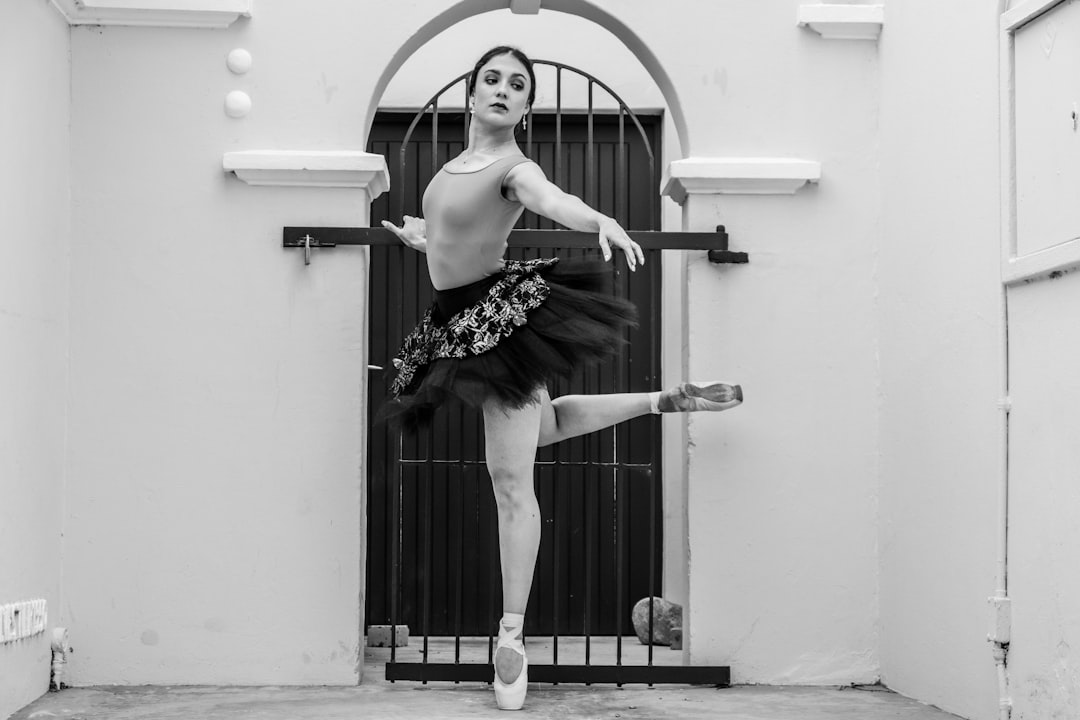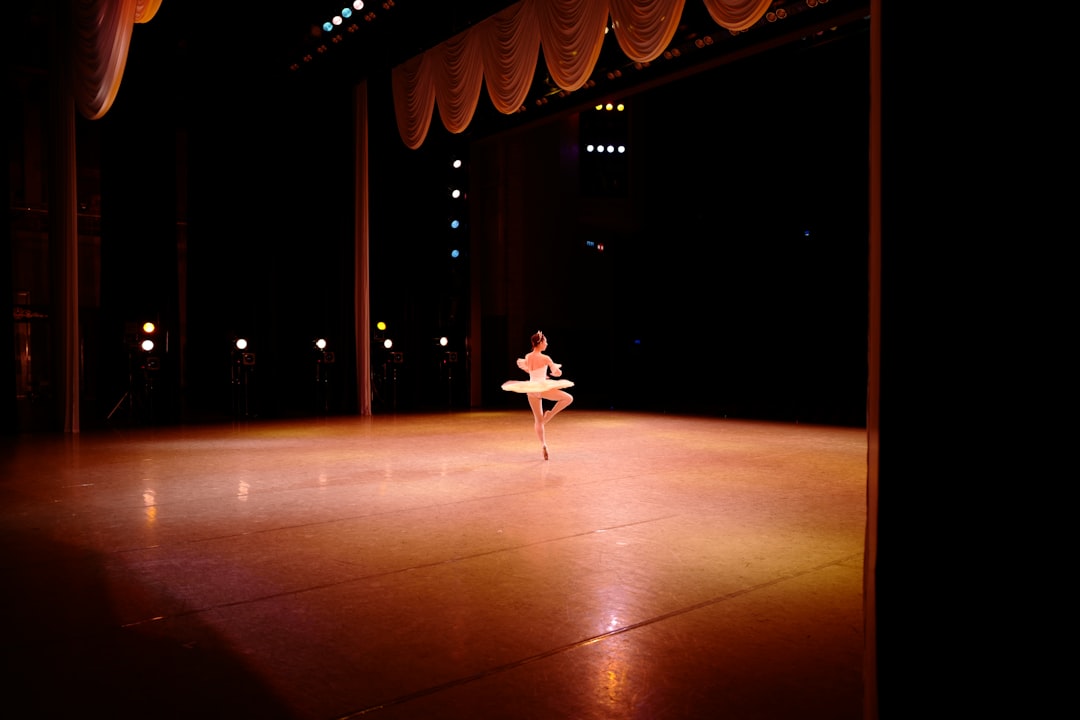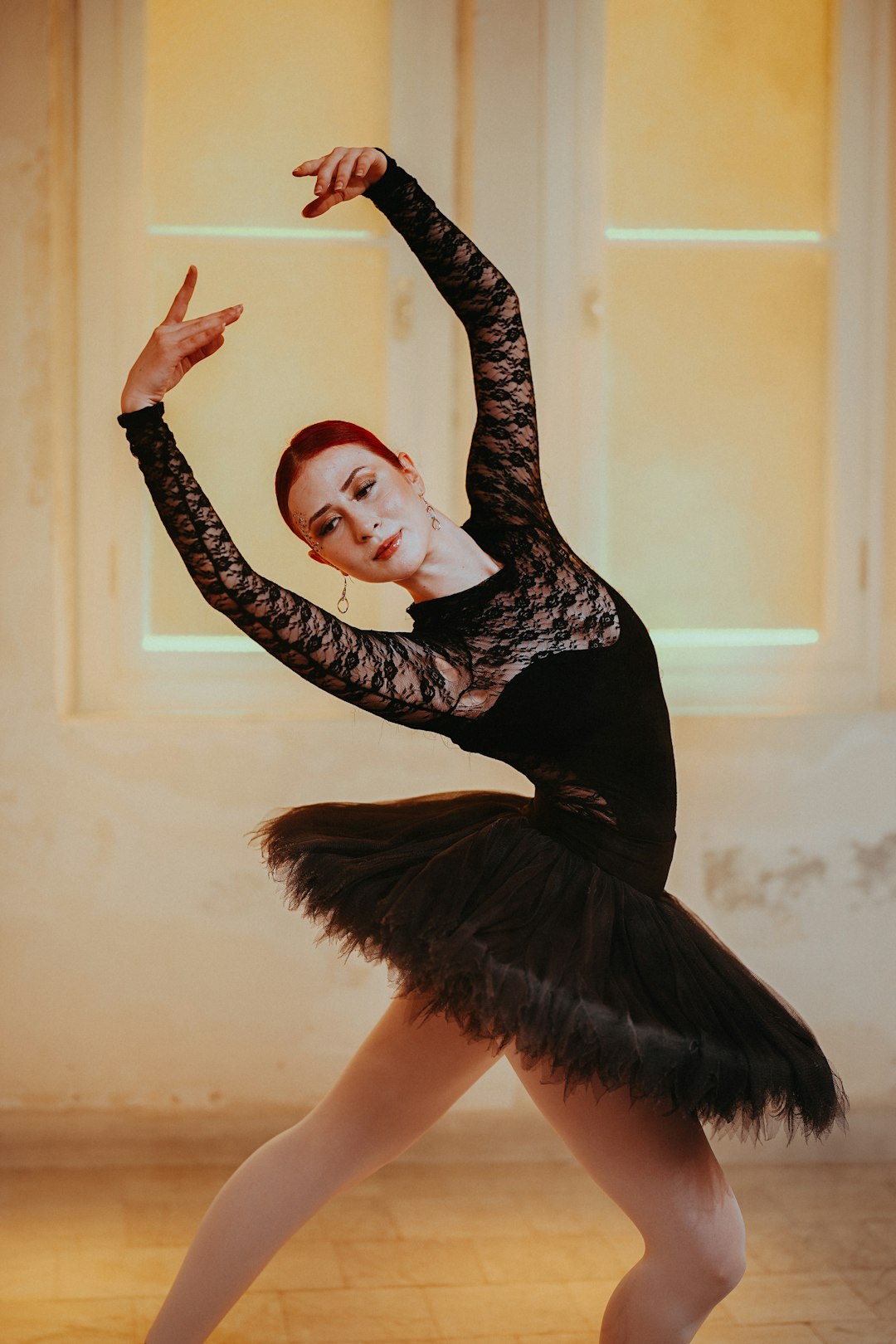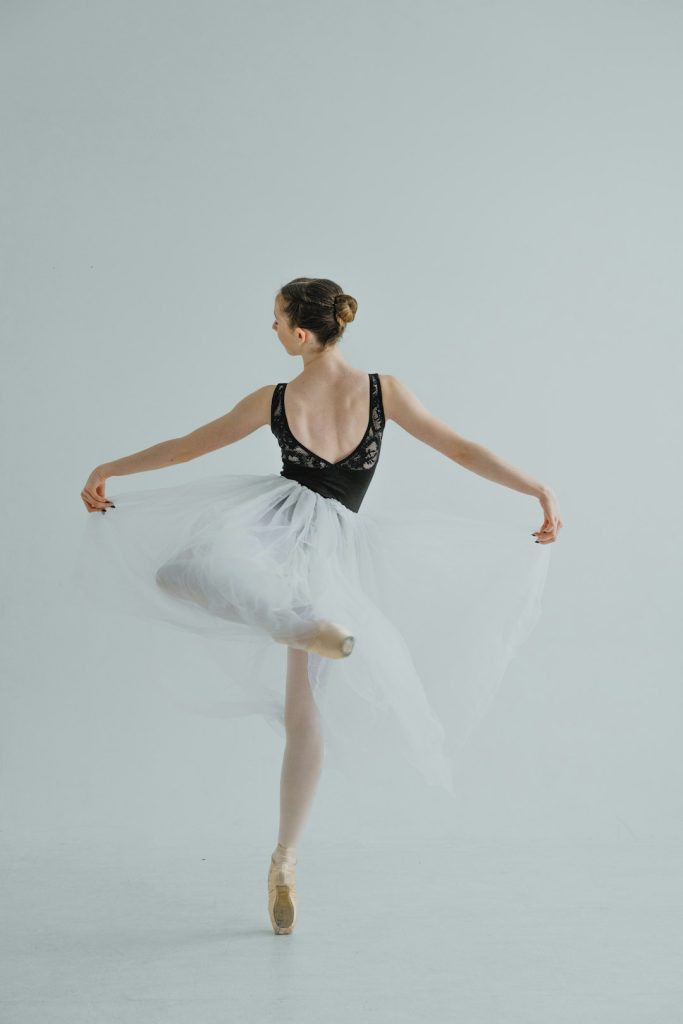In the world of athletics, sports like gymnastics and figure skating are widely recognized for their grace, technical complexity, and physical rigor. But what about dance? Often associated more with art than sport, dance faces an ongoing debate over its status in the athletic arena. Can dance be held to the same standards as gymnastics and figure skating? Let’s delve into the comparison and analyze the physical, technical, and performance elements that tie these disciplines together.
Understanding the Core Elements
To assess if dance is comparable to gymnastics and figure skating as a sport, it’s essential to understand what constitutes a sport. According to the Council of Europe, a sport is defined by certain characteristics:
- It involves physical exertion and skill
- It is competitive in nature
- It follows established rules or norms
- It can be organized and institutionalized
Now, let’s examine how dance stacks up when assessed against each of these benchmarks.
Physical Exertion and Skill
Dance unquestionably demands high levels of physical fitness. Dancers undergo rigorous training to build strength, flexibility, balance, and coordination — the same physical attributes that gymnasts and figure skaters cultivate. Ballet, contemporary, jazz, hip-hop, and other dance forms involve intense muscle control, endurance, and precision.
In fact, a study published in the Journal of Physical Activity and Health found that professional dancers undergo similar cardiovascular and musculoskeletal demands as high-performance athletes.

Gymnastics involves executing acrobatic maneuvers such as flips and aerials, often requiring explosive power and intense training from a young age. Figure skating combines choreography with elements like jumps, spins, and footwork that test both artistic and athletic prowess.
Similarly, dance includes elements of acrobatics, high-impact movement routines, and sometimes even aerial stunts, especially in genres like contemporary circus arts and Latin dance.
Technical and Artistic Complexity
All three disciplines blend technical skill with artistic expression. In gymnastics, routines are assessed based on elements like execution, difficulty, and artistic impression. Figure skating also awards points not just on technical merit, but on how performances convey emotion and storytelling.
Dance shines particularly bright in this arena. The subjective yet precise nature of dance choreography often involves storytelling, interpretation, and fluid movement transitions that require an intense understanding of rhythm and musicality. While not always scored in mainstream competitions like ice skating, these artistic elements are central to how dance is performed and judged.
Moreover, styles like ballroom and competitive hip-hop have evolved structured competitive formats, often judged with criteria similar to figure skating: technique, synchronization, artistic impression, and degree of difficulty.

Is Dance Competitive?
One of the key features that define a sport is its competitive nature — something dance has embraced more significantly in recent decades. Dance competitions now span globally, from prestigious ballet contests like the Prix de Lausanne to street dance battles and televised shows such as World of Dance and So You Think You Can Dance.
Dance competitions are often just as pressure-filled and standardized as gymnastics meets or figure skating events. Judges analyze routines for timing, technical execution, creativity, and emotional delivery. Prizes, scholarships, and even professional contracts are on the line — elements typically associated with high-level sports competitions.
In fact, organizations such as the International Dance Organization (IDO) and USA Dance function similarly to governing bodies in Olympic sports, complete with codified rules, age divisions, and progression ranks.
Institutionalization and Recognition
Figure skating and gymnastics are long-standing fixtures in major international events like the Olympics. Their inclusion lends them undeniable legitimacy as sports. Dance, while not as universally recognized in such arenas, is slowly gaining ground.
The growing institutionalization of dance is evident. For example, breakdancing (breaking) will debut as an official Olympic event in the 2024 Paris Games. This marks a watershed moment for dance, positioning it shoulder-to-shoulder with other athletic disciplines on the global stage.
Meanwhile, sport councils in various countries provide funding and support to dance programs, recognizing their athletic merit. In universities, dance majors and minors often require just as much physical exertion and time commitment as traditional sports programs.
The Mind-Body Component
Dance, gymnastics, and figure skating all necessitate not just physical training but mental discipline as well. Athletes and dancers must cultivate focus, memorization, emotional resilience, and acute awareness of spatial relationships.
In dance, muscle memory and timing are often linked to musical cues, requiring a different type of cognitive conditioning. Gymnastics and skating also demand intricate coordination between mind and body, particularly in timed routines filled with risk-prone moves.
Psychological pressure is equally present in all three. One single misstep — a missed beat in dance, a wobble on the balance beam, or an under-rotated jump on the ice — can affect the outcome profoundly.
Cultural Biases and Perception
One reason dance is often not recognized as a sport lies in cultural perception. Gymnastics and figure skating, despite their undeniable artistic aspects, have long been framed within a sports context. Conversely, dance is frequently labeled as a performing art, causing many to overlook its intense athletic features.
This perception is slowly changing, particularly as dance styles with overt physicality and competitive frameworks rise in popularity. The lines between sport and art continue to blur, prompting a reevaluation of how we categorize physical disciplines.
Conclusion: A Sport in Every Sense
Upon comparison, dance matches — and in some facets exceeds — the elements that define gymnastics and figure skating as sports. It requires:
- Exceptional physical skill
- A sophisticated blend of artistry and technicality
- A competitive framework with institutional support
- Mental discipline and emotional resilience

As dance continues to develop structured competitions and gains further recognition in arenas traditionally reserved for sports, the question becomes less about “Is dance a sport?” and more about “Why did it take us so long to see that it is?”
Whether on a stage, a mat, or the ice, human motion that demands training, excellence, and spirited competition is deserving of the title “sport.” Dance, undoubtedly, fits the bill.
